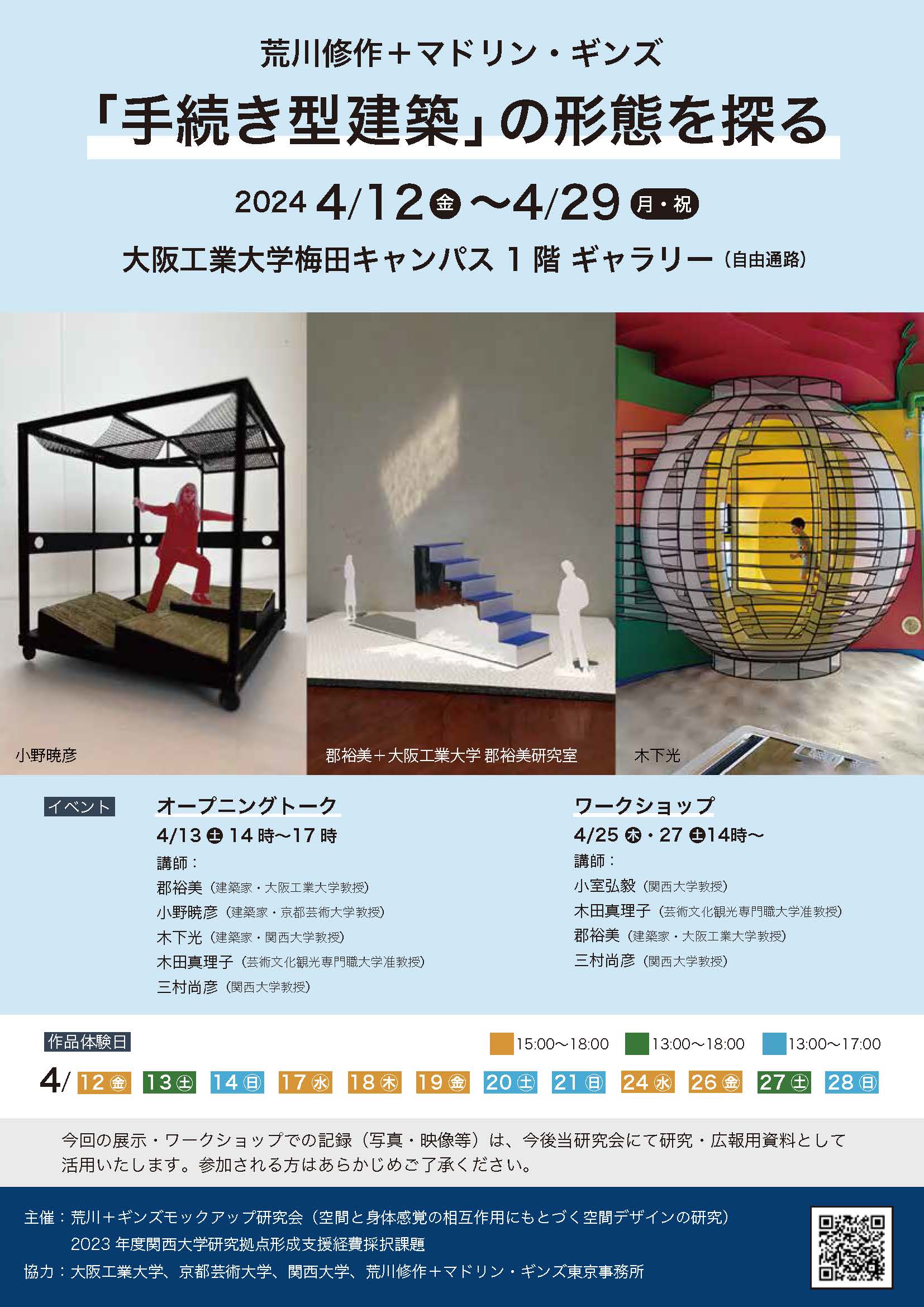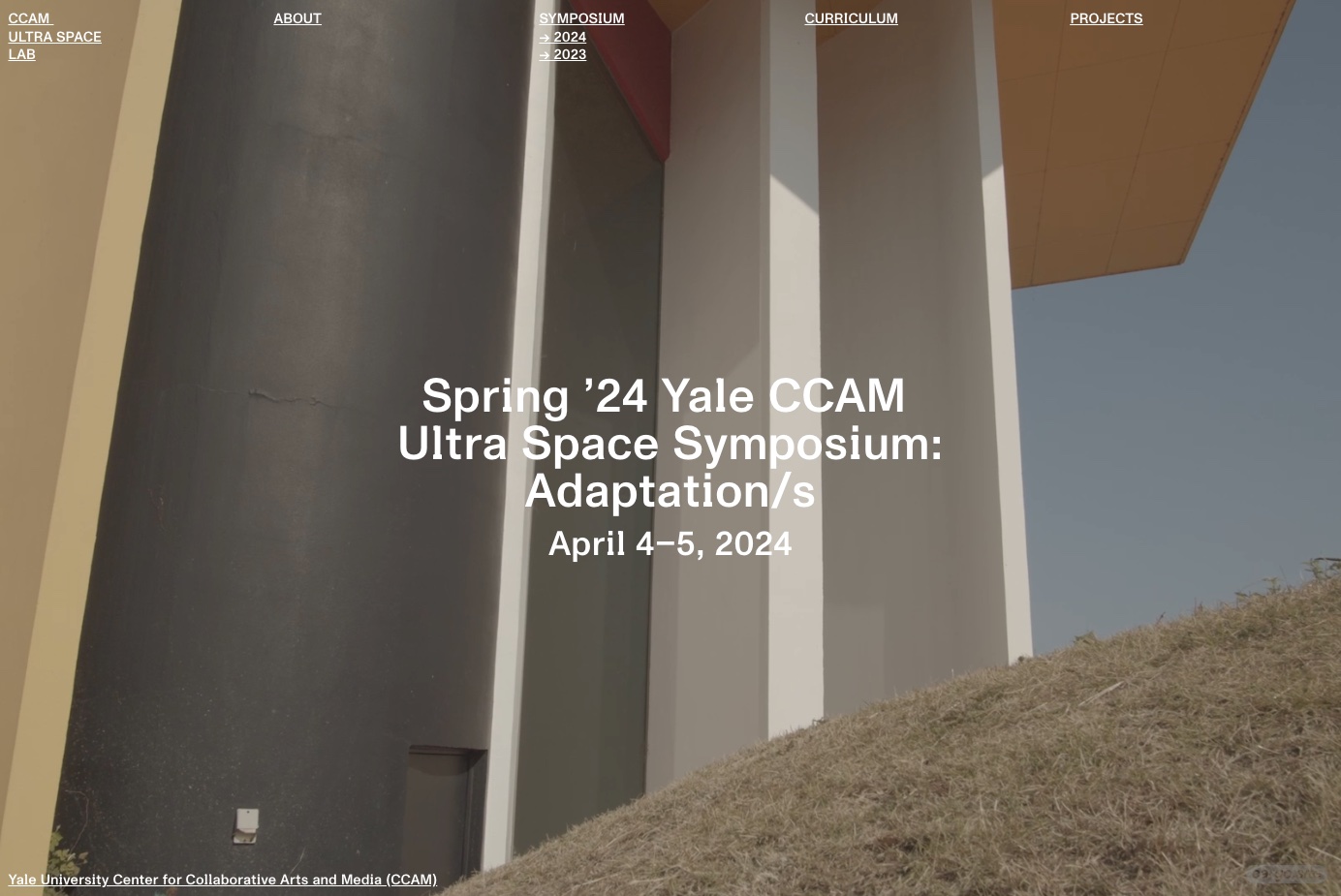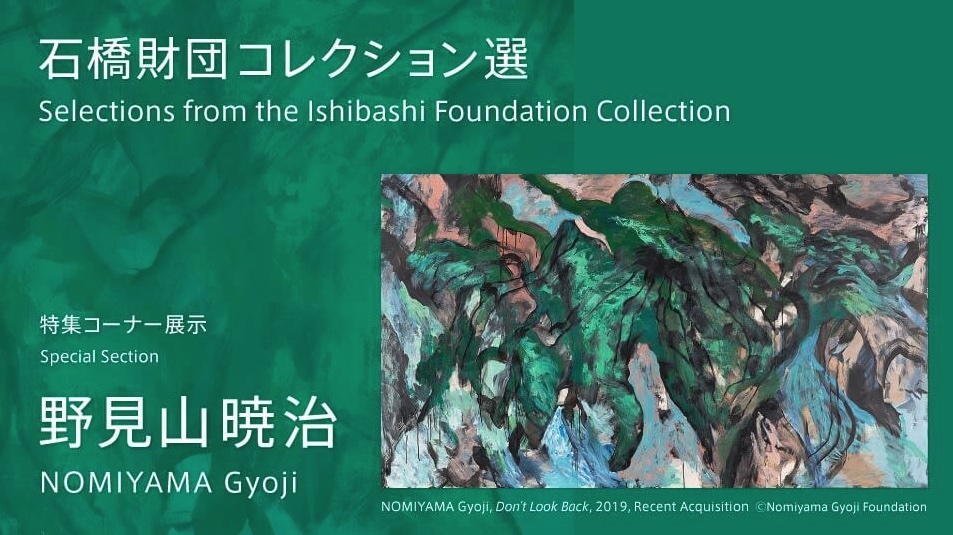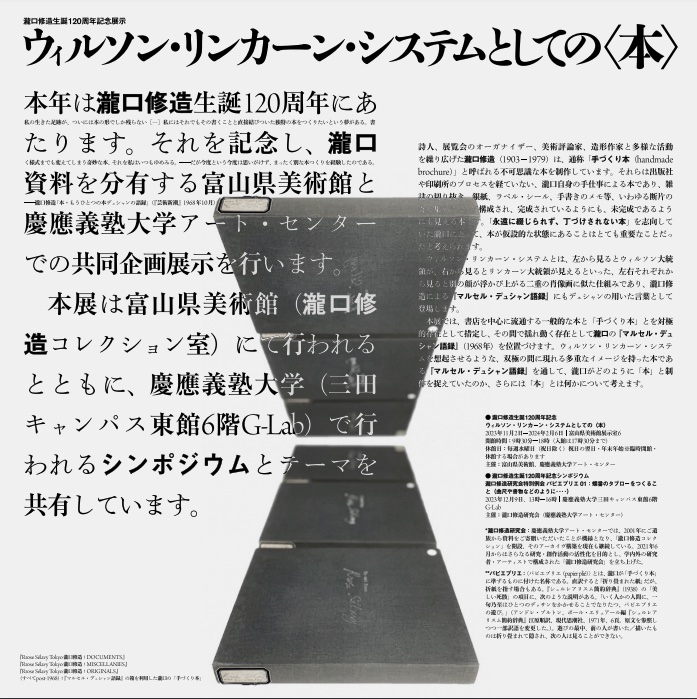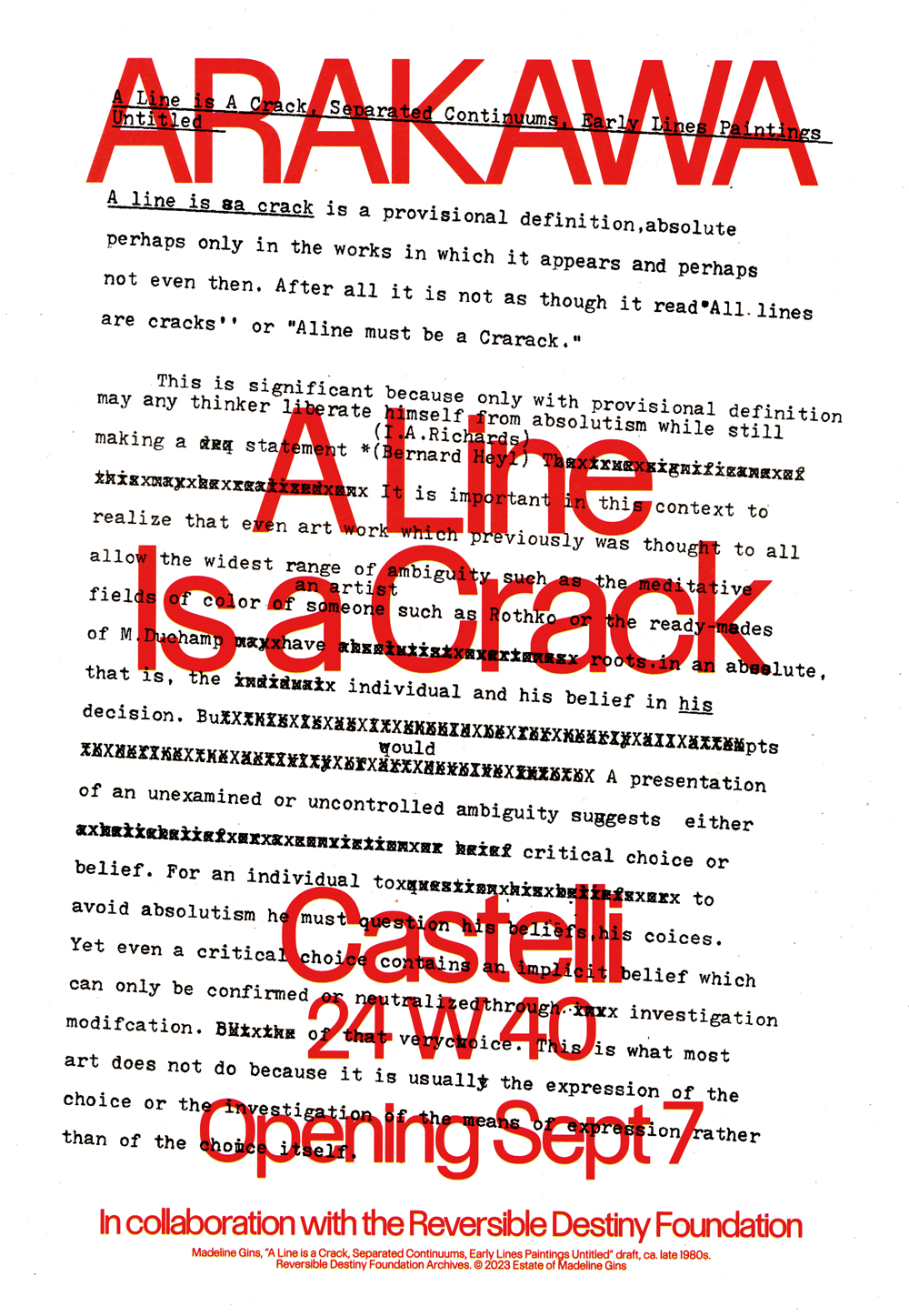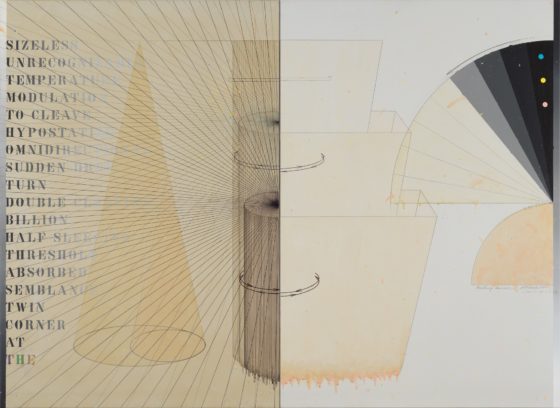
wanted to change art, to change life—I became a radical.
—Arakawa
Gagosian is pleased to present Waiting Voices, an exhibition of works on canvas and paper by Arakawa produced between 1964 and 1984. This is the artist’s first exhibition with the gallery in Basel.
Arakawa (1936–2010) was one of the earliest international pioneers of Conceptual art, and a founding member of the Japanese avant-garde collective Neo Dada. Working in painting, drawing, printmaking, and architecture, he described himself as an “eternal outsider” and an “abstractionist of the distant future.” After relocating from Tokyo to New York in 1961, where he encountered Marcel Duchamp and many of the French artist’s contemporaries, he began producing “diagram paintings,” combining schematic images with text in a study of epistemology and perception. In 1962, Arakawa met his future wife and collaborator, the poet, writer, and philosopher Madeline Gins. From 1963 to 1973, the couple collaborated on an eighty-painting suite, The Mechanism of Meaning, and in the 1990s they worked on a theory of “procedural architecture” through which they aimed to extend the lives of a building’s occupants.
Waiting Voices features paintings and drawings produced by Arakawa over a twenty-year span. A Diagram of Imagination (1965), Separated Continuums (1966), and A Couple (1966–67) are among several paintings from the mid-1960s that represent architectural space. The earliest of the three shows part of a simple town plan layered over a grid; the others focus on interior space. In Separated Continuums, coordinates on a grid—featureless apart from two colored lines—are labeled with the names of household objects and fixtures. A Couple is, for the most part, similarly schematic, but Arakawa has added renderings of windows to the graphic marks as well as stenciled words and numbers that denote the contents of the room. The painting’s diptych format also hints at a narrative progression and allows viewers to imagine the unseen titular duo.
In Untitled (Voice Inoculations) (1964–65), a diagram of a cube is labeled with words—some of them stenciled backward—that conjure an ambiguous play on orientation, scale, and other attributes of an object. Hard or Soft No. 3 (1969) also features text, which in this case informs the viewer—with Arakawa’s characteristic deadpan wit—that the composition’s meandering arrows “indicate almost nothing” and that the accompanying numbers may be rearranged in any order. The two-part Waiting Voices (1976–77) pairs a grouping of geometric forms—reminiscent of the “suitors” in Duchamp’s The Bride Stripped Bare by Her Bachelors, Even (The Large Glass) (1915–23)—with an abstruse marginal text.
Also on view are several works on paper, including Study for “Blank” No. 2 (1981) and Study for the “Sharing of Nameless” No. 3 (1983–84), both of which feature plan-like networks layered over words, arrows, and, in the later example, a grid of variegated tones. Blending coded signification with a shifting ambiguity, they build bridges from Arakawa’s imagination to create an art that is fully realized only in the mind and body of the viewer.
(Quoted form the official website)

